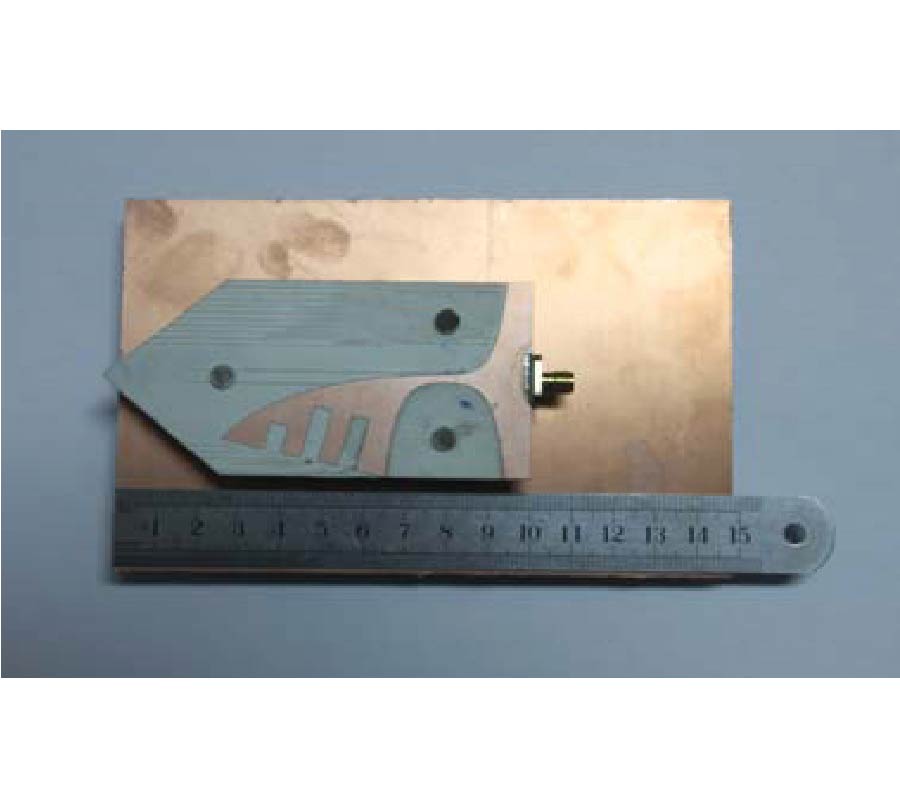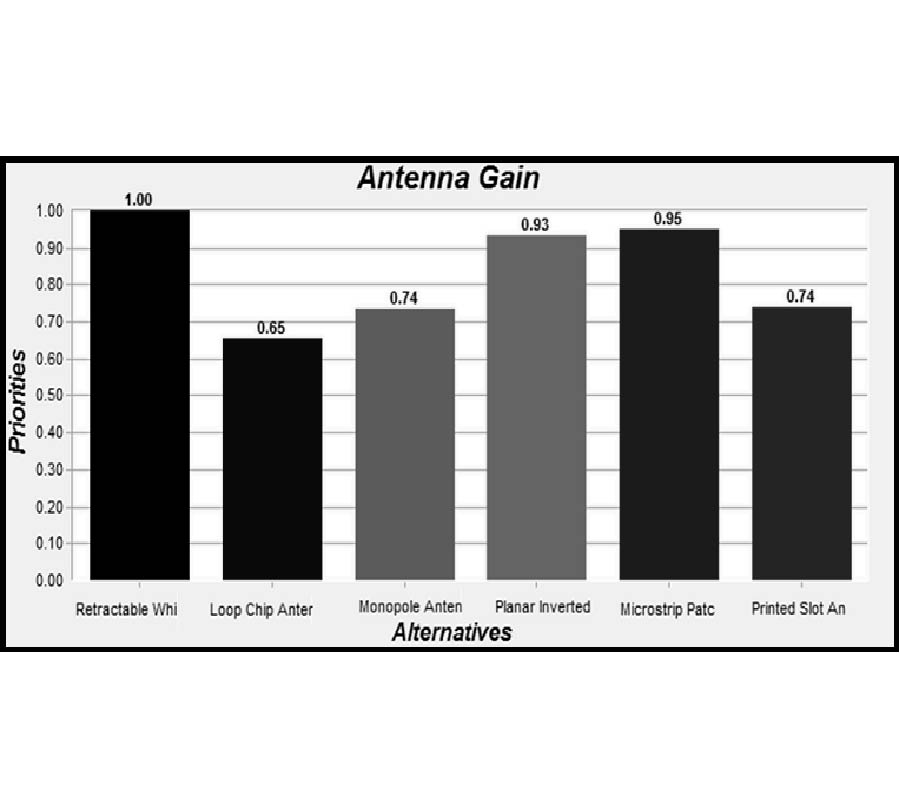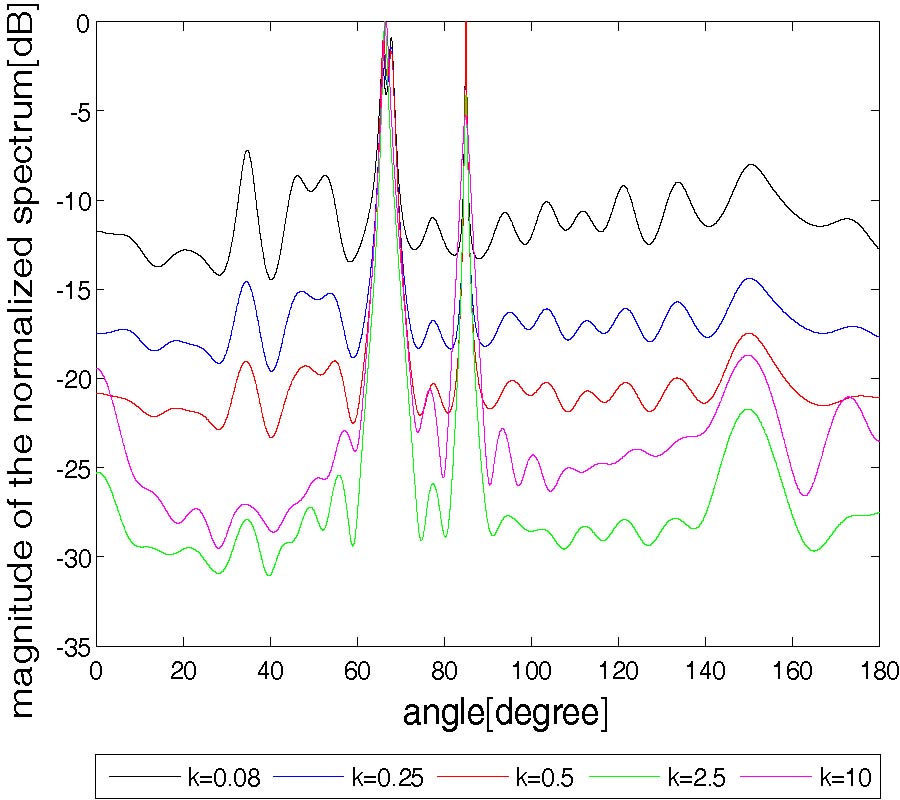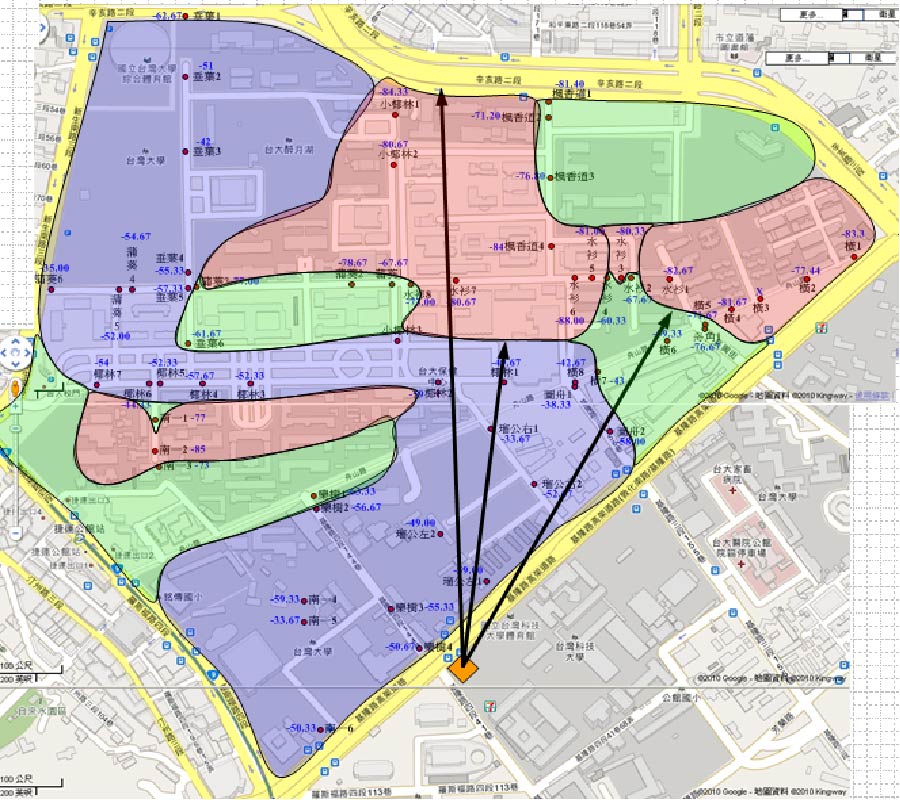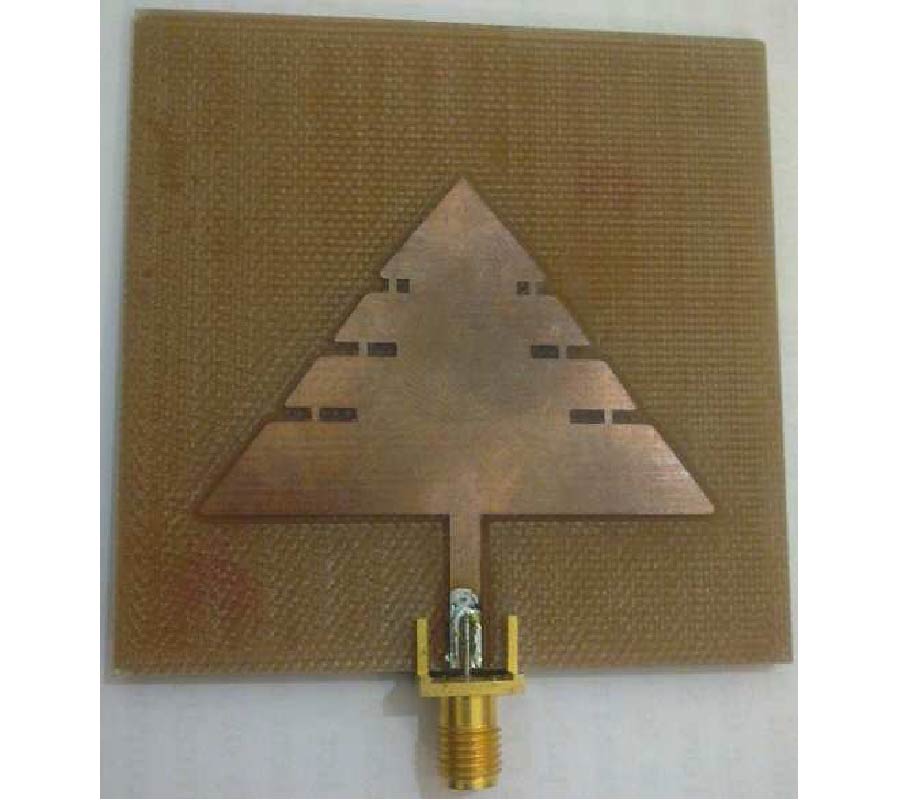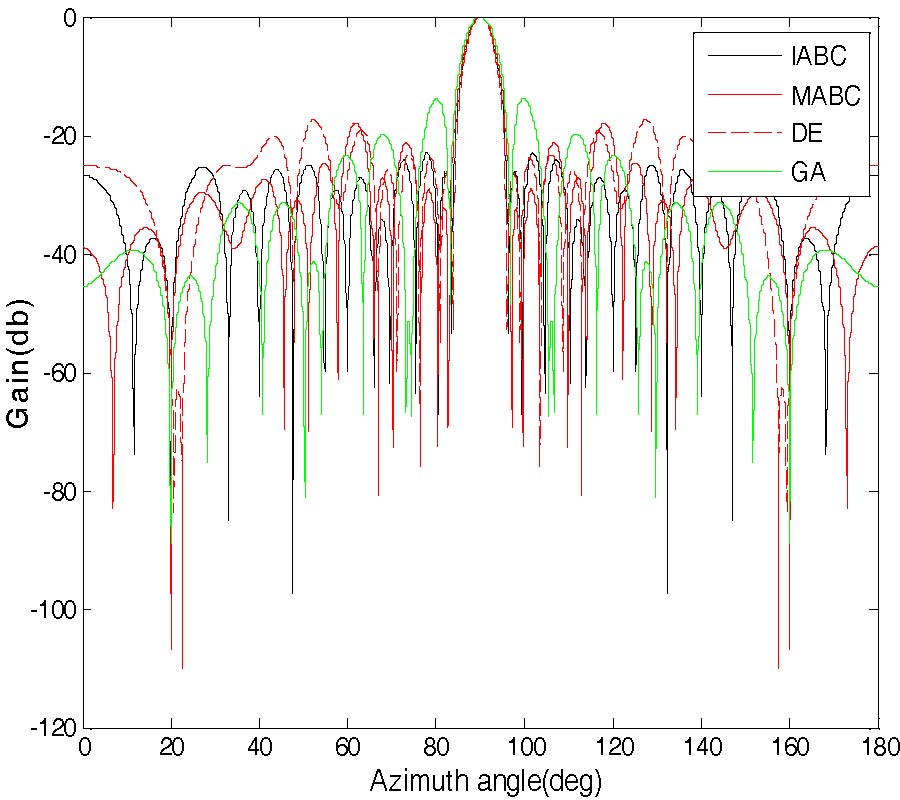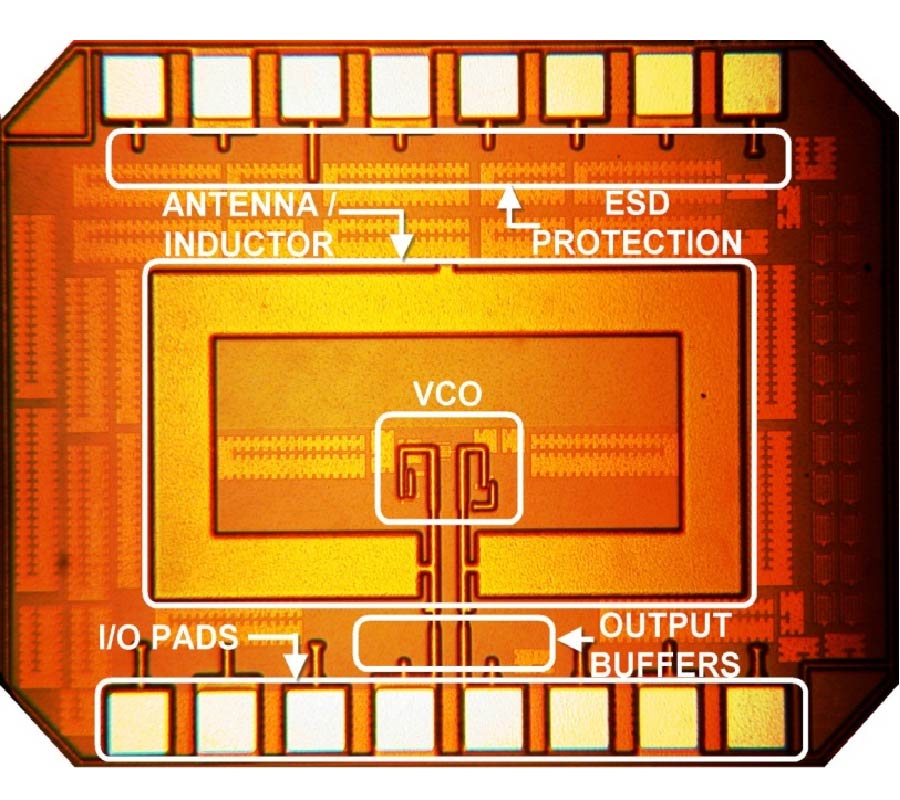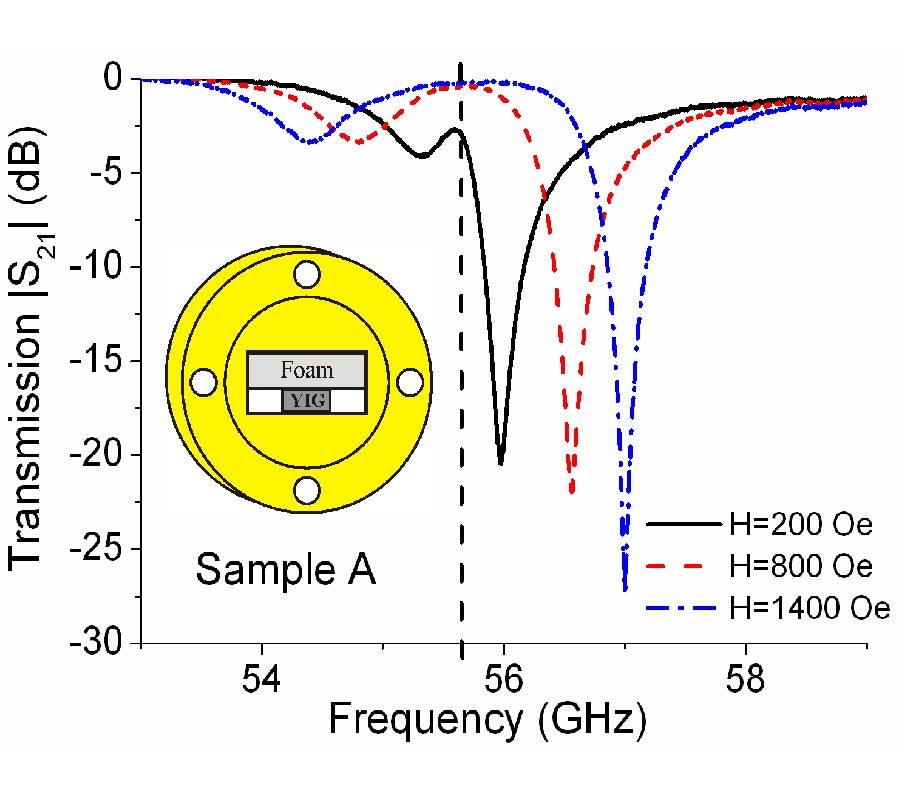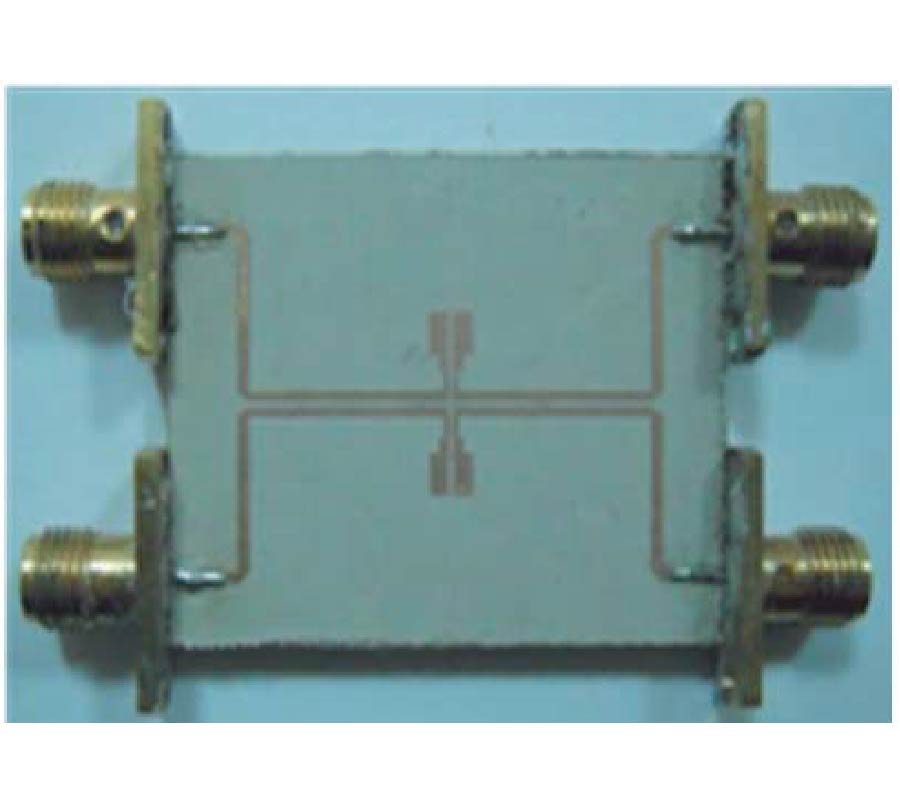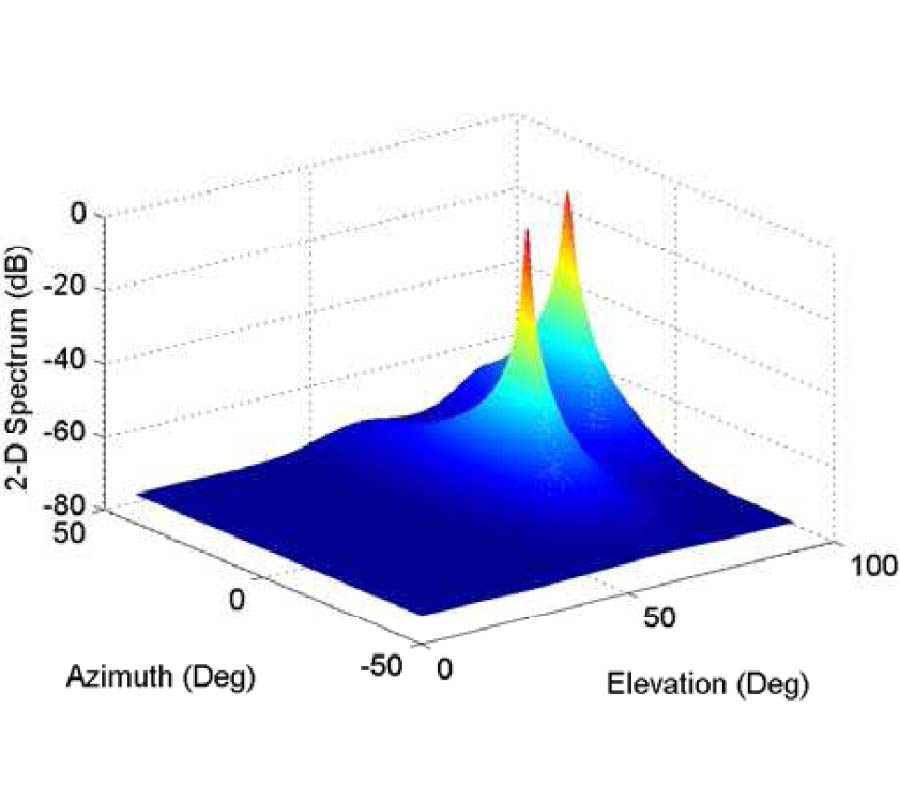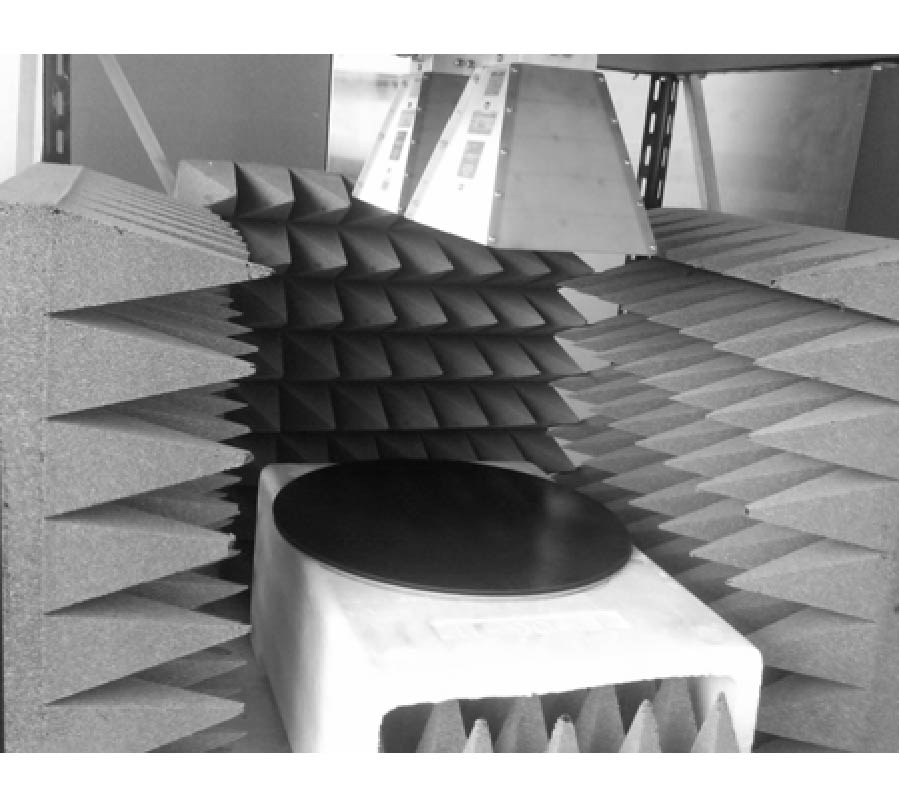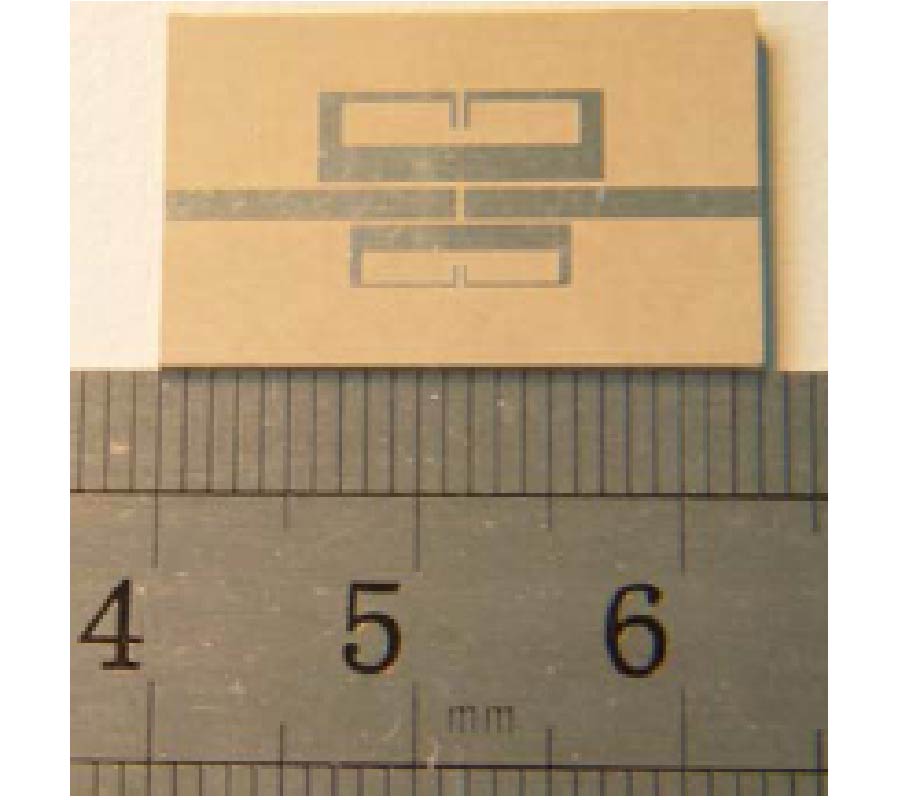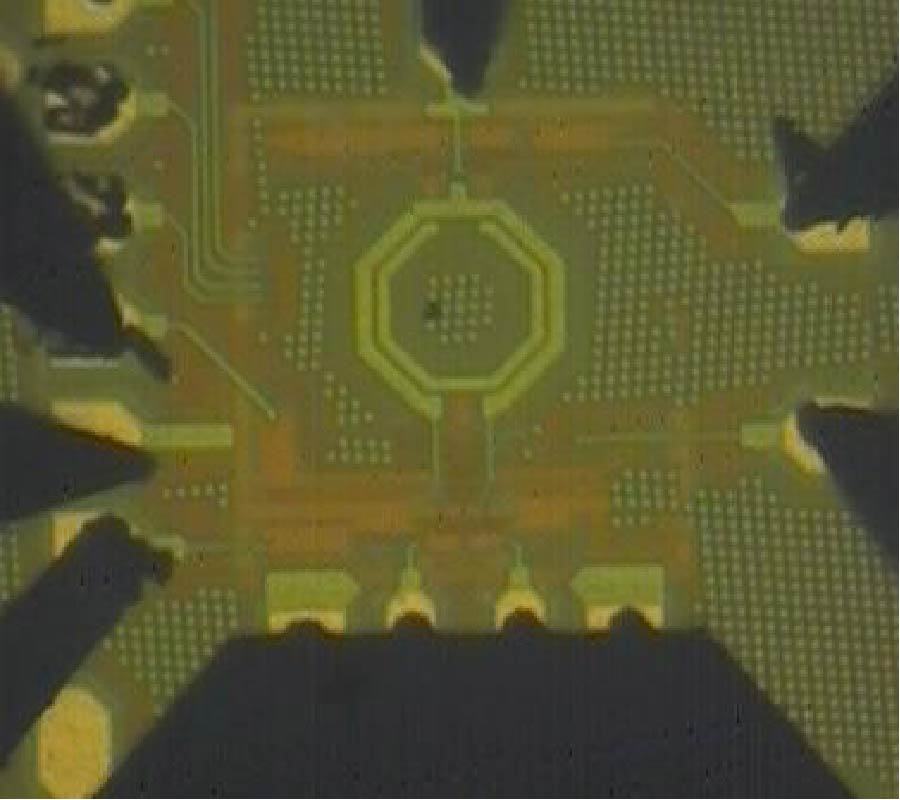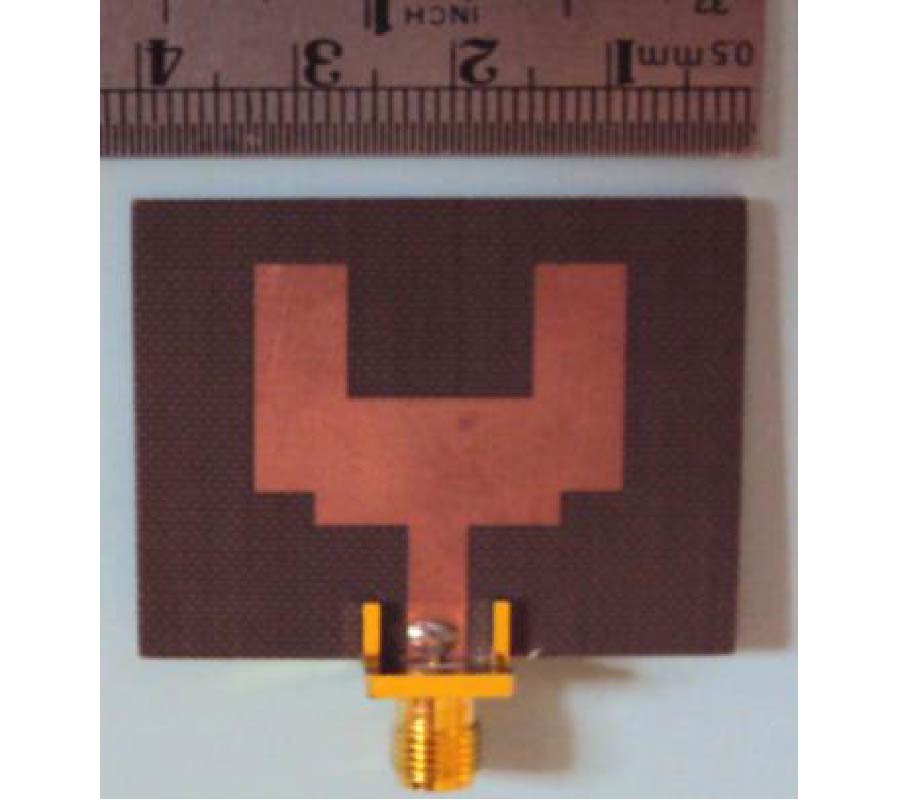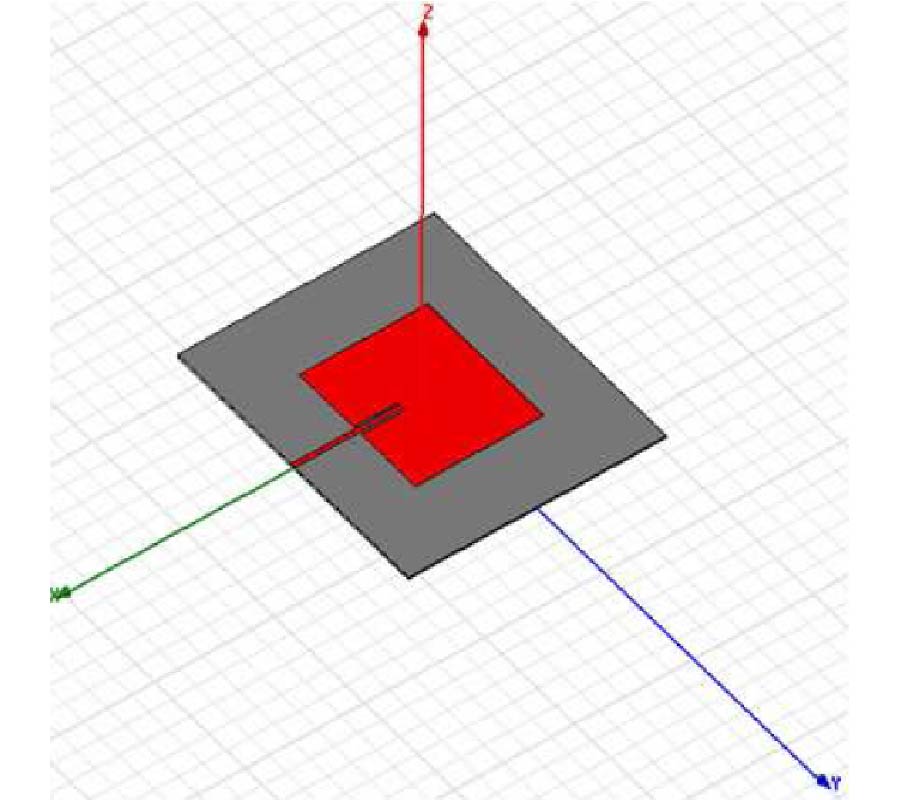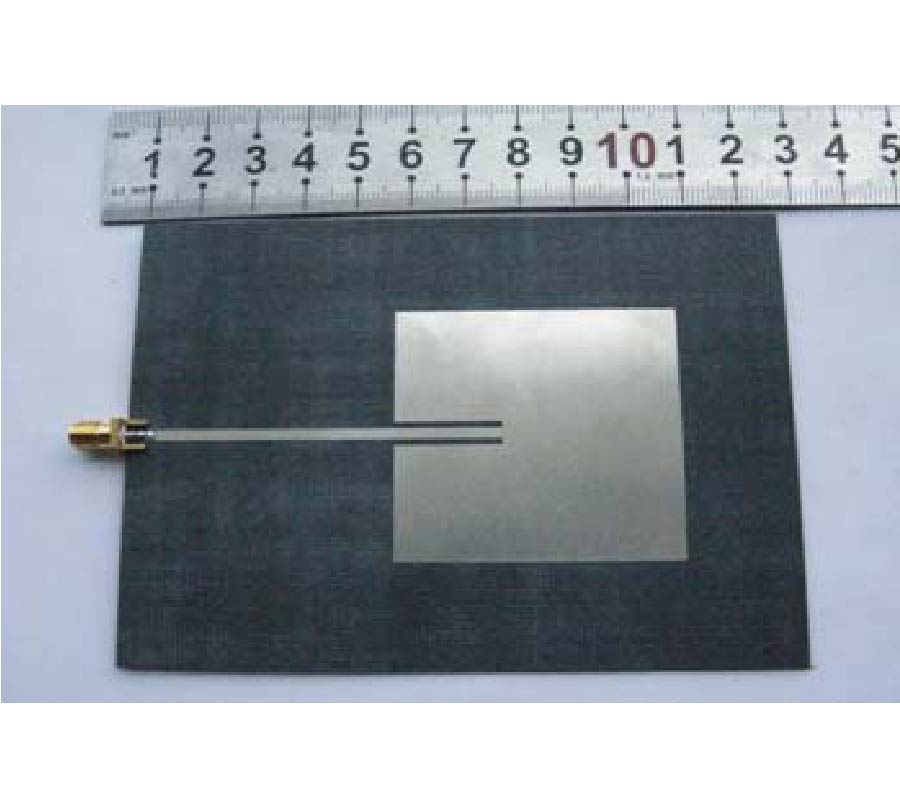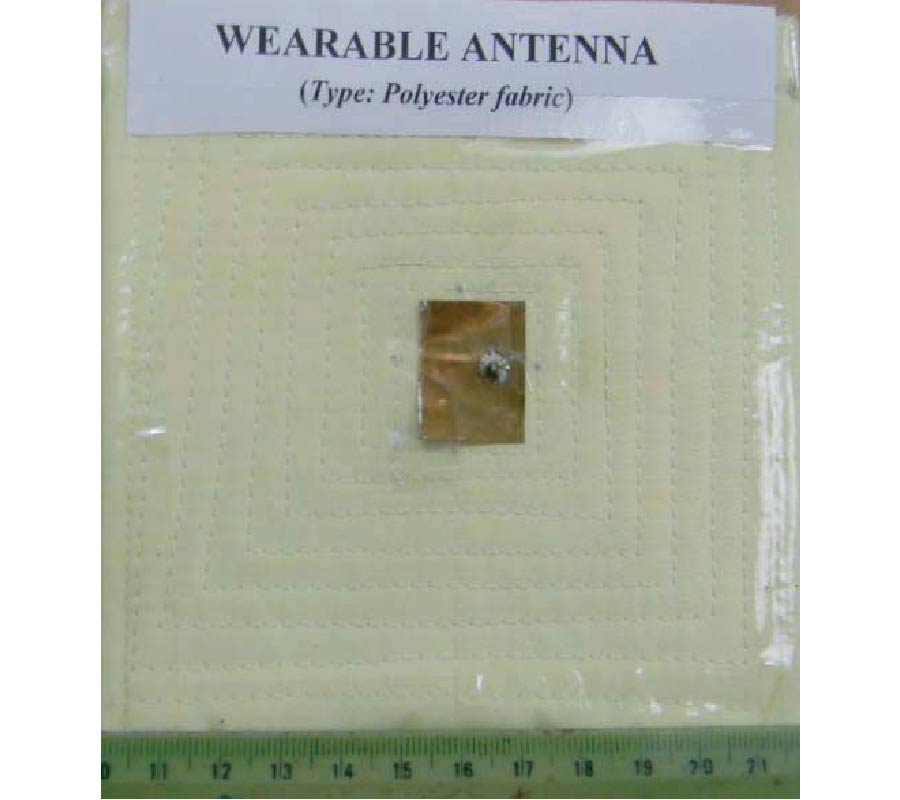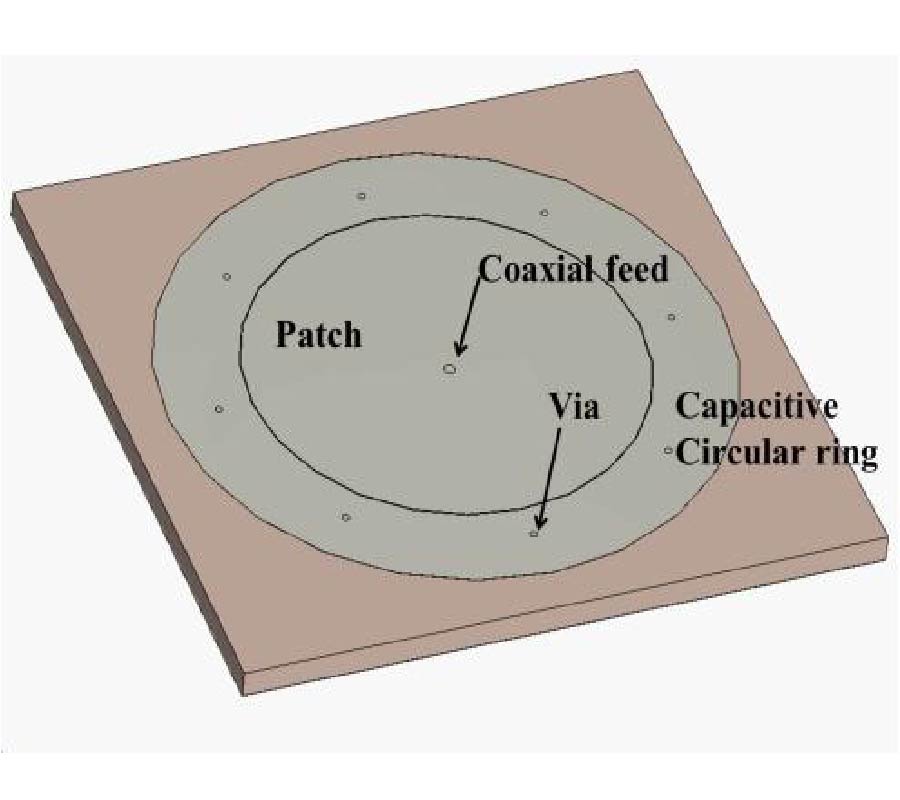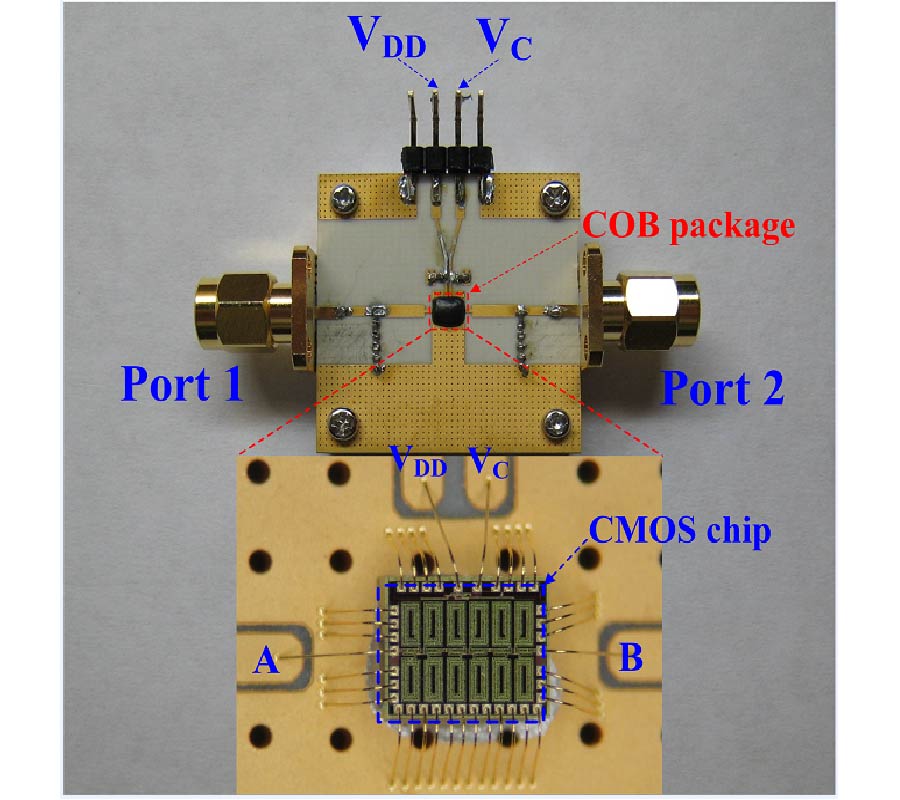2011-12-04 Latest Published
By Ping Wang
Haobin Zhang
Guangjun Wen
Yuanhua Sun
Progress In Electromagnetics Research C, Vol. 25, 271-285, 2012
Abstract
In this paper, a modified planar balanced Vivaldi antenna with endfire characteristics near the metal surface is proposed for 6-18 GHz applications. The proposed antenna structure consists of three copper layers, among which two external layers locate on the two outsides of two dielectric substrates, and the central layer is sandwiched by these two dielectric substrates. To further enhance the end-fire radiation characteristic, a number of novel techniques are proposed, including elongation and shaping of the supporting substrate of a conventional balanced antipodal Vivaldi antenna beyond its aperture, using an I-shaped slot loaded radiation patch and cutting a triangle on the edge of three copper layers. Measured and simulated results show that the proposed antenna not only exhibits good impedance bandwidth, but also improves the end-fire performance in the operational frequency of 6-10 GHz and achieves high gain in the end-fire direction, low cross-polarization and high front-to-back (F-to-B) ratio.
